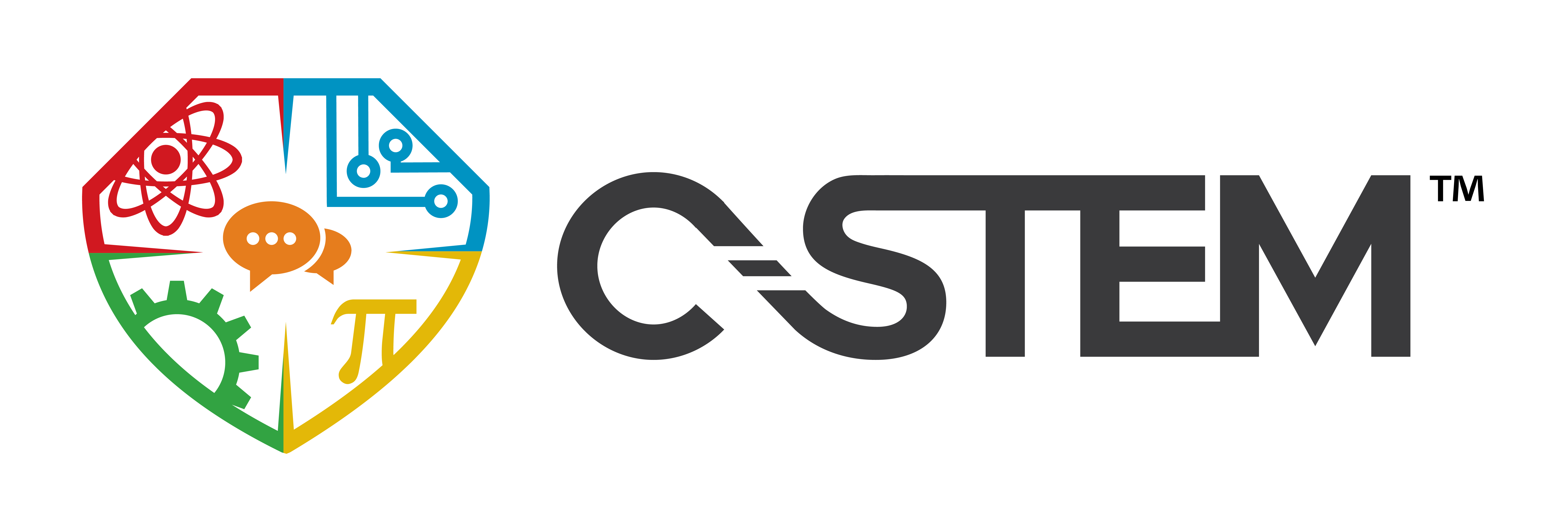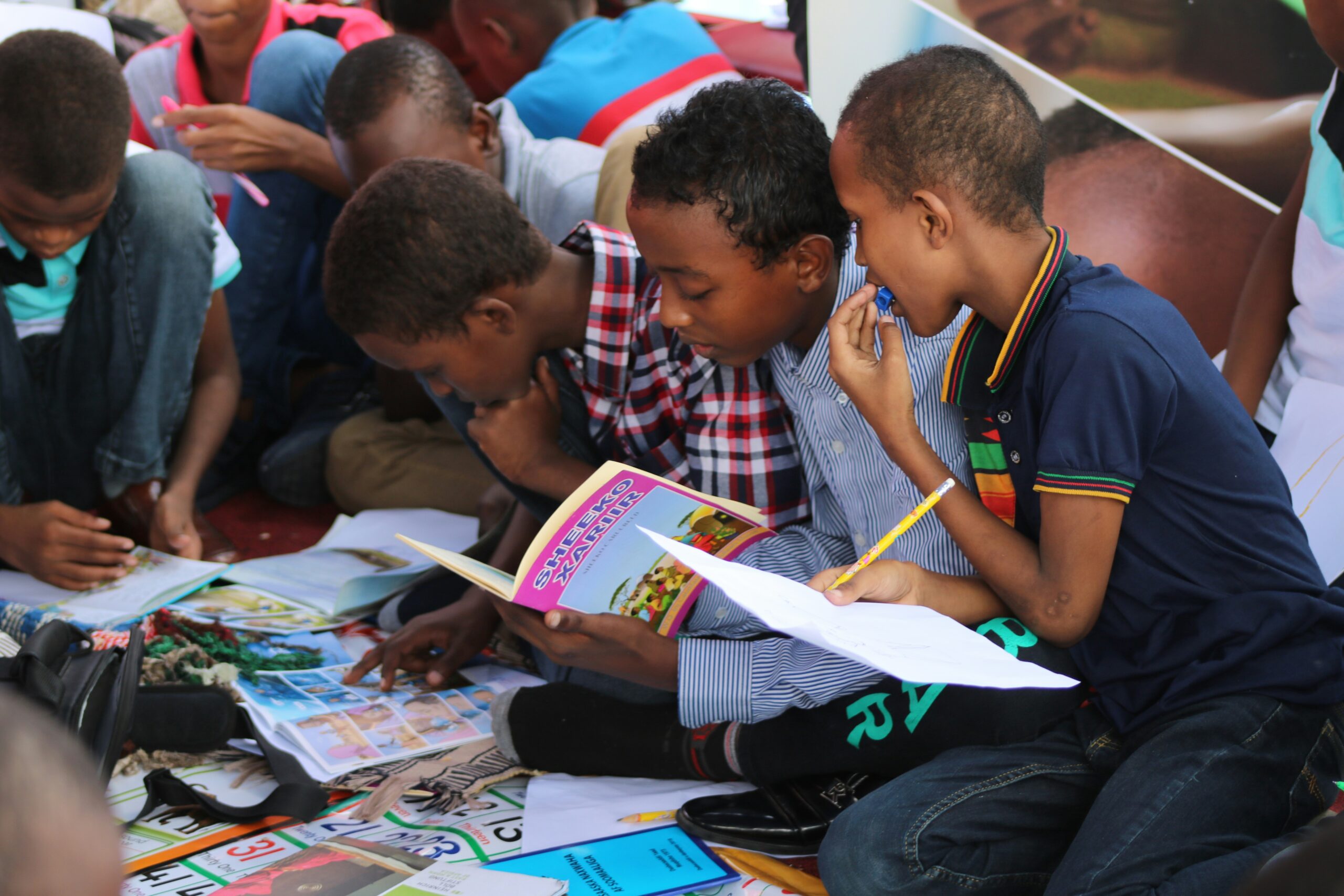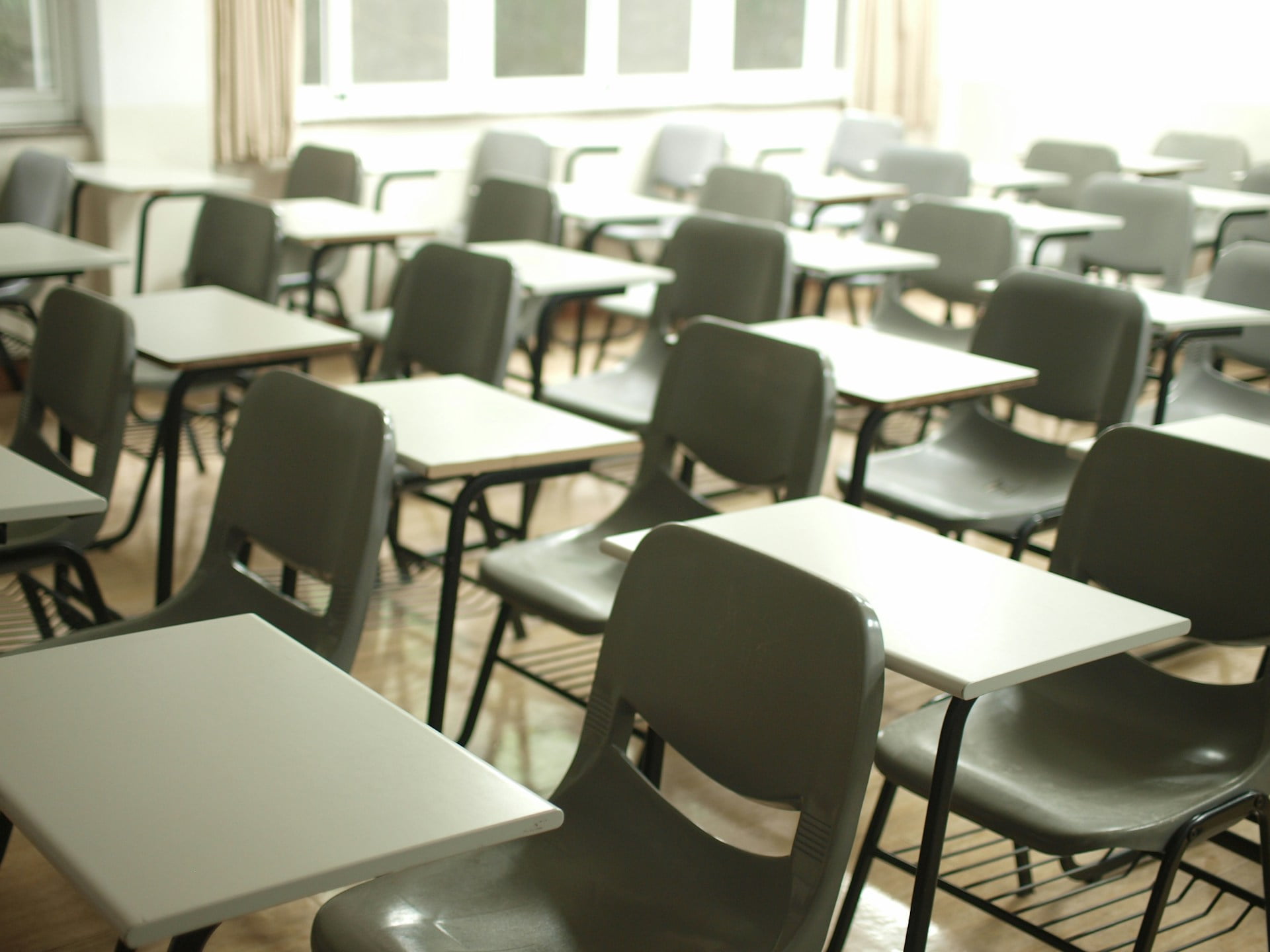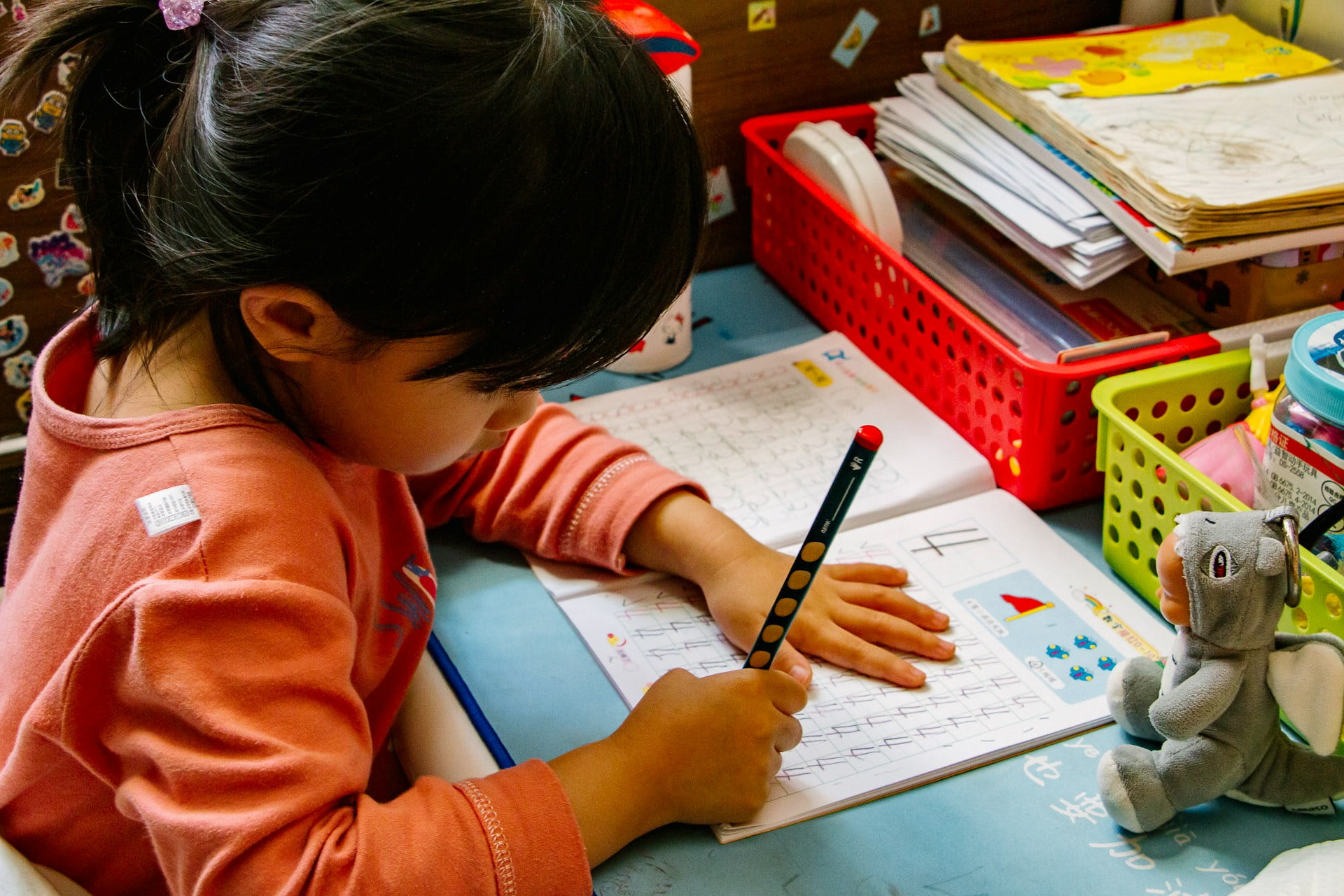Written by: Reagan Flowers, PhD
More districts and schools are using tiered support systems, with an increased focus on building students’ social-emotional skills. A recent survey by Panorama Education shows an increase in the adoption and use of multi-tiered support systems (MTSS).
How Common is MTSS
MTSS is a framework implemented by districts across the country to identify and meet every student’s unique instructional, social-emotional, and behavioral needs. It is based on three tiers of support, each more personalized and intensive, with the understanding that not all students need the same amount of instruction and intervention.
MTSS is widely used across the country, with almost every state offering some guidance to schools on implementing it. Panorama has conducted multiple surveys. The 2019 survey results showed that most districts were just getting started with their MTSS implementation and faced several challenges, such as finding resources and time and using data to assess students’ needs.
Panorama sent out another survey post-pandemic and published results this past May. Teachers comprised the most significant respondents in both surveys, followed by counselors, district administrators, principals, assistant principals, superintendents, and assistant superintendents.
In 2023, the survey results showed more districts have well-established MTSS frameworks than four years prior. Although they still have some of the same focus areas for why they use tiered interventions, such as literacy, there’s increased attention to social-emotional learning.
In 2023, the survey results showed more districts have well-established MTSS frameworks than four years prior, and although they still have some of the same focus areas for why they use tiered interventions, such as literacy, there’s increased attention to social-emotional learning.
Legal Guidelines Around MTSS
The Every Student Succeeds Act, signed into law in 2015, prioritizes the need for general tiered supports but does not mention MTSS. There are several frameworks districts can use to offer tiered supports, including Response to Intervention (RTI) or Positive Behavioral Interventions and Supports (PBIS).
RTI focuses on different tiers of academic interventions, while PBIS focuses on behavioral interventions. MTSS is a broader framework that can be applied to academics and behavior.
In 2019, 55 percent of districts or schools used MTSS frameworks, according to educators who responded to that survey. In 2023, respondents said it grew to 74 percent of districts and schools.
How MTSS is Used
Of the 600 educators who responded to the 2023 survey, 71 percent said their school or district uses MTSS for literacy or English/language arts. That’s slightly down from 2019 when 74 percent of the 400 or so educators said MTSS was used for literacy.
In 2019, social-emotional learning was a focus for about 40 percent of districts or schools, according to respondents. In 2023, 56 percent of respondents said MTSS was used for social-emotional learning. This can be largely attributed to the isolation caused by the COVID-19 pandemic.
Pros and Cons of Using MTSS
The 2019 survey asked participants open-ended questions about the benefits and challenges of implementing MTSS.
On the plus side, MTSS provides a framework for schools and districts to offer each student the level of support they need, tailor instruction or social-emotional support, and make decisions based on evaluation data from each tier of support.
However, offering three tiers of support and implementing data-driven interventions can be time- and labor-intensive. With such a shortage in school staffing, as it is, this is a daunting task.
Making data-based decisions was the most popular benefit MTSS educators identified. When schools implement MTSS, educators evaluate student data on academic performance, behavior, attendance, and other metrics they choose. They then use that data to identify which tier of support students benefit from and continue to collect data to ensure students benefit from interventions.
MTSS also allows schools and districts to improve learning opportunities, ensure no student falls through the cracks, and support the whole child.
Overall, MTSS shows a lot of potential, but schools, teachers, and the states that fund them must all be on board to make it successful.







